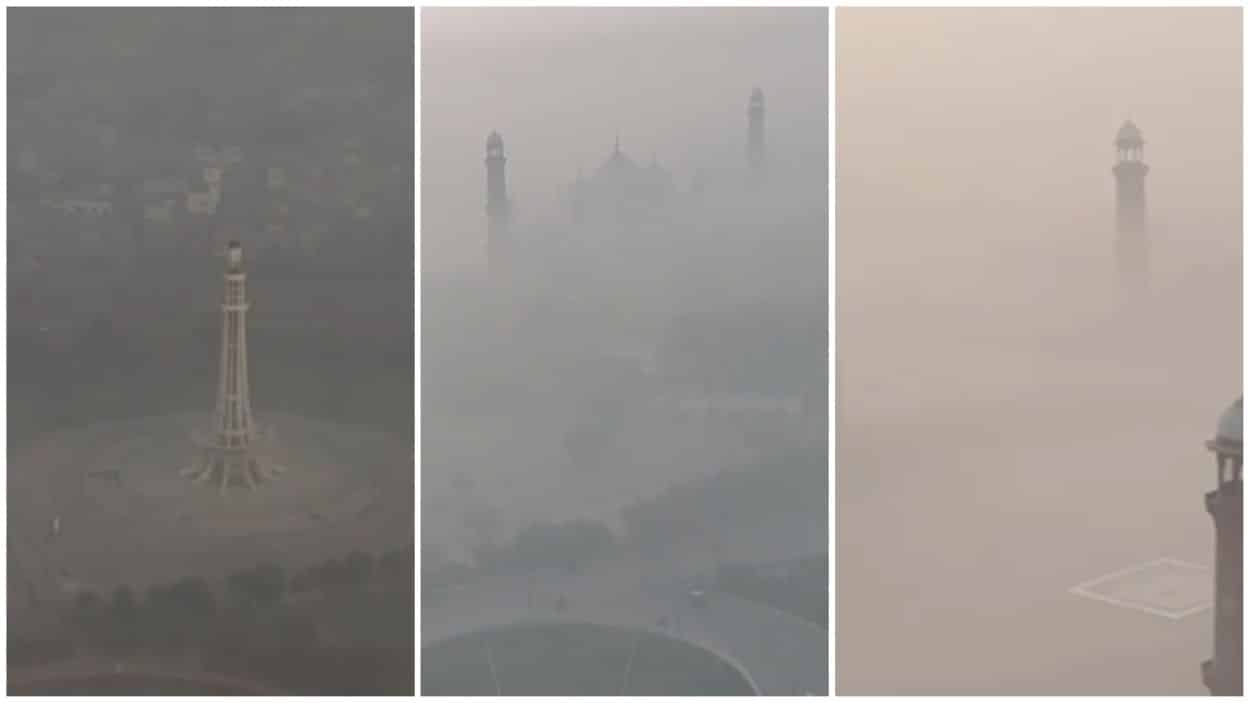Polluted air continues to affect Punjab, with Lahore topping the list of the world’s most polluted big cities, recording an Air Quality Index (AQI) over 700.
Despite efforts by authorities to reduce smog, Lahore and several other cities in Punjab are still facing significant air pollution. Multan, with an AQI of 1659, now ranks as Pakistan’s most polluted location, presenting dangerously high levels of hazardous pollutants.
Due to poor visibility from thick fog, sections of the Lahore-Islamabad and Lahore-Sialkot Motorways have been closed to traffic.
In response to the severe smog, the Punjab government has announced the closure of schools up to the higher secondary level in affected districts until November 17. This includes Lahore, Sheikhupura, Kasur, Nankana Sahib, Gujranwala, Gujrat, Hafiz Abad, Mandi Bahauddin, Sialkot, Narowal, Faisalabad, Chinniot, Jhang, Toba Tek Singh, Multan, Lodharan, Vehari, and Khanewal.
The measure comes as the province struggles with escalating air pollution levels that pose significant health risks, particularly to children. Lahore consistently ranks as one of the most polluted cities globally, necessitating immediate action.
Marriyum Aurangzeb, a senior provincial minister, stated that air currents from India toward Lahore are exacerbating the smog, indicating that resolving this issue will require dialogue with India. Jahangir Anwar, Secretary of the Environmental Protection Agency, echoed this sentiment, noting that polluted eastern winds from India are contributing significantly to Lahore’s smog and boosting its AQI.
A senior environmental protection official told AFP that Lahore’s air pollution levels have never reached 1000 AQI before. The city has been shrouded in smog, a combination of fog and pollutants from sources such as low-grade diesel fumes, agricultural burning, and winter heating.
According to AFP, Lahore’s air pollution once exceeded WHO’s acceptable levels by more than 80 times. Levels of deadly PM2.5 pollutants peaked at 1067, dropping to about 300 in the morning. The WHO considers any reading above 10 as unhealthy.






